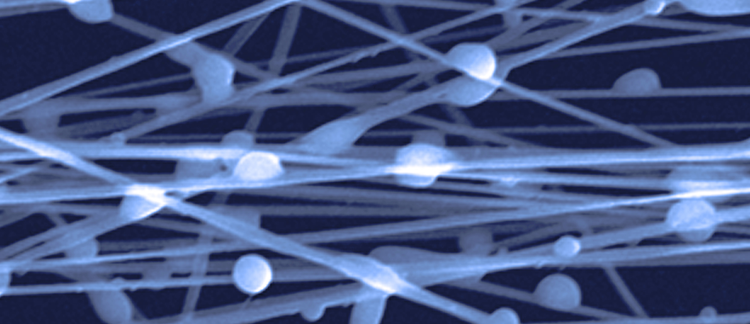Abstract
Objectives: Epithelial ovarian cancer (EOC) is the most lethal form of gynecological cancer in women, with an overall 5-year survival of less than 50%. When detected, treatment typically begins with surgical debulking to remove tumor burden, followed by adjuvant chemotherapy. Women usually respond well to initial treatment, however, disease recurrence with chemoresistance is common. Chemoresistance is one factor that contributes to the low survival rates associated with advanced stage EOC. Discovering new methods of resensitizing chemoresistant cells to the effects of chemotherapy is necessary to improve 5-year survival in chemoresistant disease. ABT-898 is a mimetic peptide of the endogenous glycoprotein, thrombospondin-1, that has promising abilities to resensitize chemoresistant cells of ovarian cancer. We hypothesize that ABT-898 will resensitize chemoresistant human ovarian cancer cells to the effects of carboplatin in vitro. Materials and Methods: Chemosensitive human ovarian cancer cells, OV2008, and chemoresistant human ovarian cancer cells, C13, were treated with 100μg/ mL carboplatin and 100nM ABT-898, individually or in combination. Ki67 and γ-H2A.X immunofluorescence was utilized to assess cellular proliferation and DNA damage respectively. Results: Following combination treatment with carboplatin and ABT-898, there was an increase in DNA damage and decrease in proliferation of chemoresistant C13 cells. Conclusions: Decreased viability in chemoresistant cells, as shown by diminished proliferation and accumulated DNA damage, provides evidence of possible resensitization to the toxic effects of carboplatin. The results of this study propose a novel method of resensitizing chemoresistant ovarian cancer cells. Further studies are necessary in order to determine significance.
How to Cite:
Russell, S. & Petrik, J., (2017) “The effect of the thrombospondin-1 mimetic peptide ABT-898 on the chemosensitivity of cisplatin-resistant human ovarian cancer cells”, University of Arizona Journal of Medicine 1(2), 26-29.
Downloads:
Download PDF
530 Views
277 Downloads

